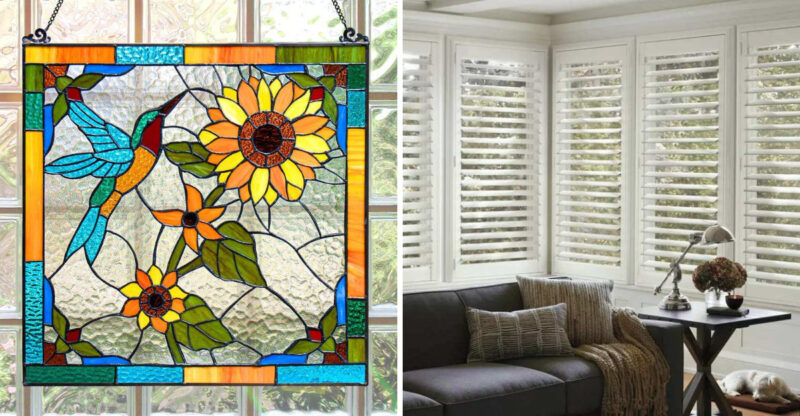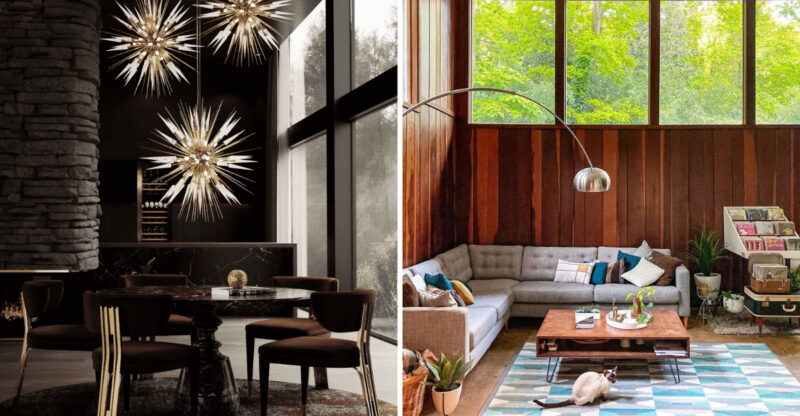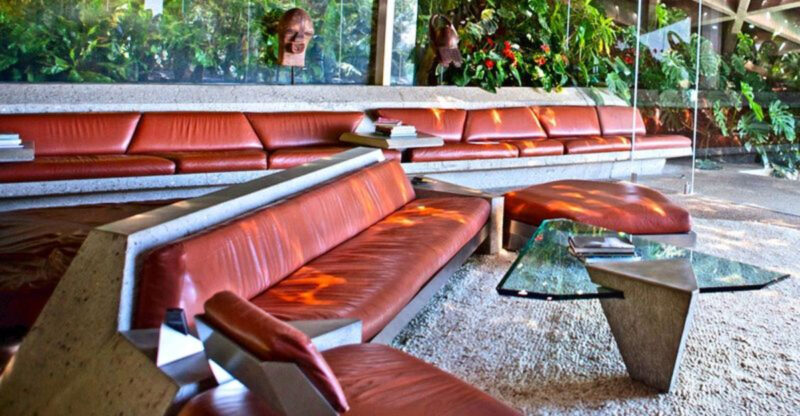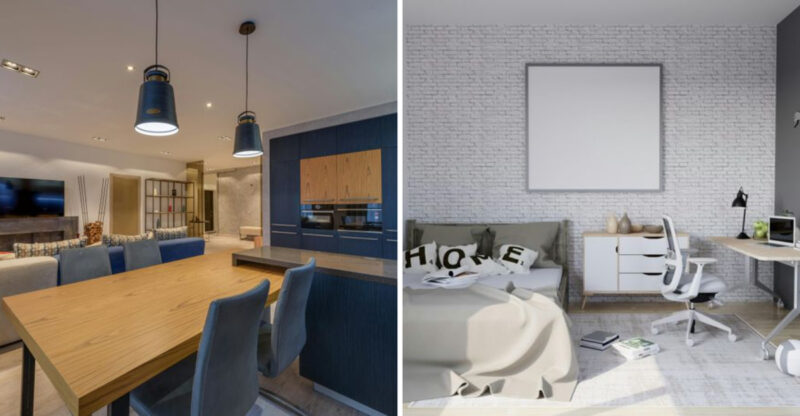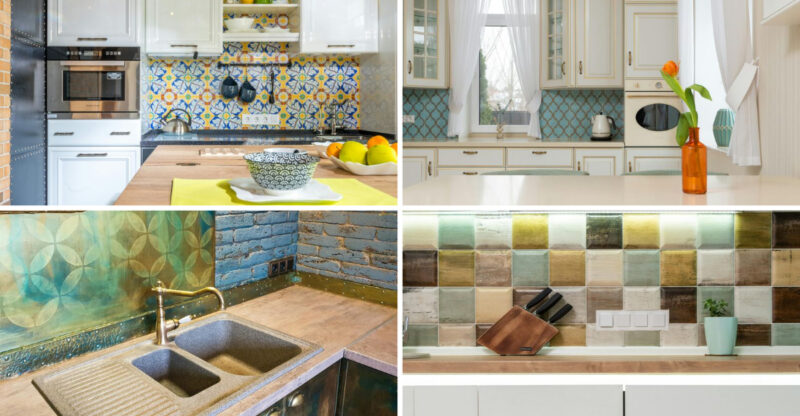10+ Interior Design Tips That Can Improve Your Home
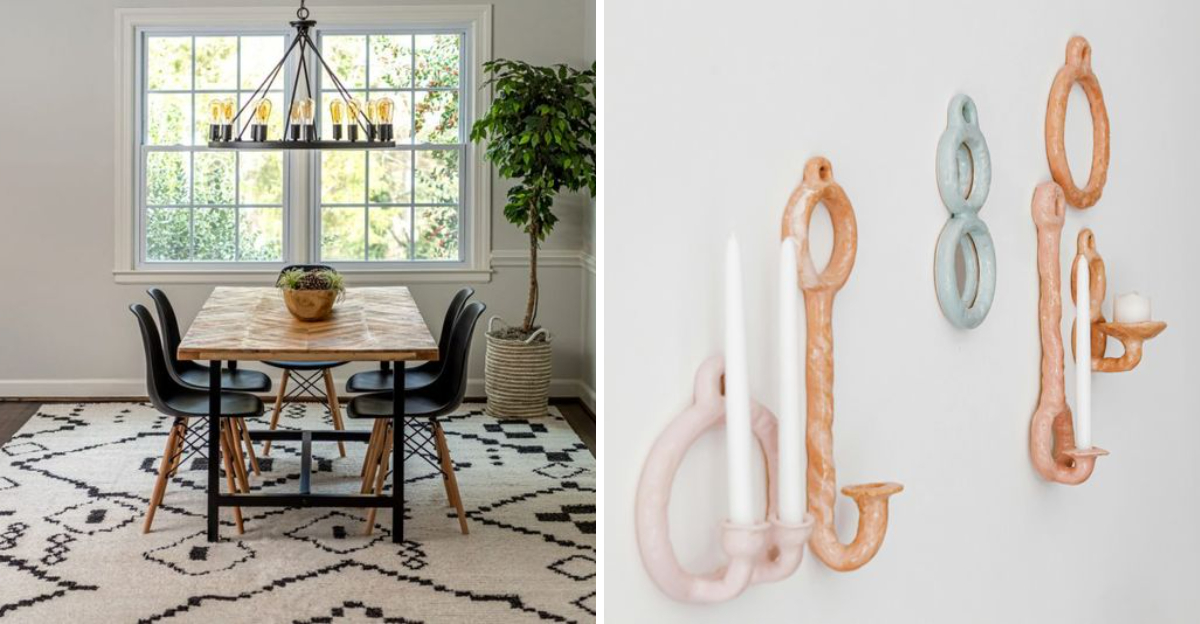
Your home is more than just walls and furniture-it’s your personal sanctuary. Small design changes can transform your living space from ordinary to extraordinary without breaking the bank.
Ready to breathe new life into your rooms? Interior design tips will help you create a more beautiful, functional, and comfortable home that reflects your personality.
These tips are intended as general guidance and may not work in every home
1. Play With Color Psychology
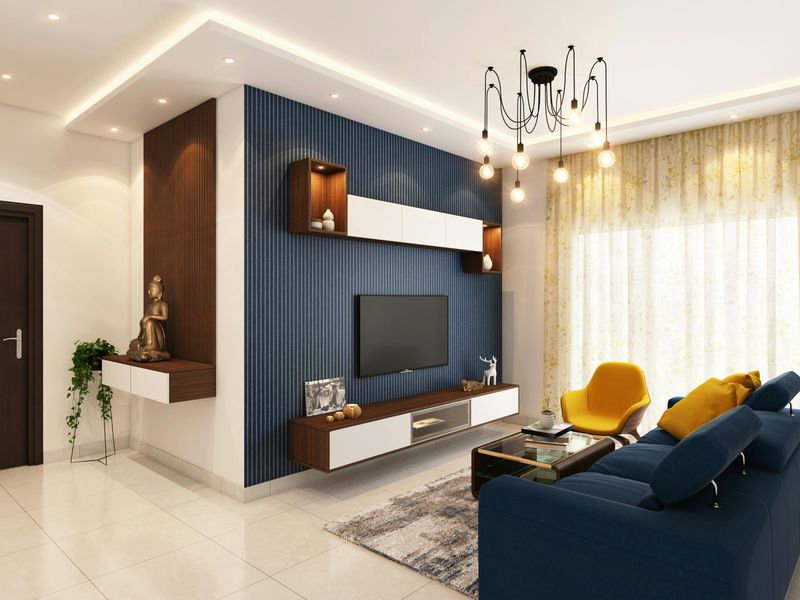
Colors affect your mood more than you might realize! Soft blues and greens create calm in bedrooms and bathrooms, while warmer yellows and oranges energize kitchen and dining spaces. Not ready for fully painted walls? Start small.
Colorful throw pillows, artwork, or even a bold rug can inject personality without commitment. Remember that white walls don’t equal boring. They create a perfect canvas for colorful furnishings and art that can be changed seasonally.
2. Master The Art Of Layered Lighting
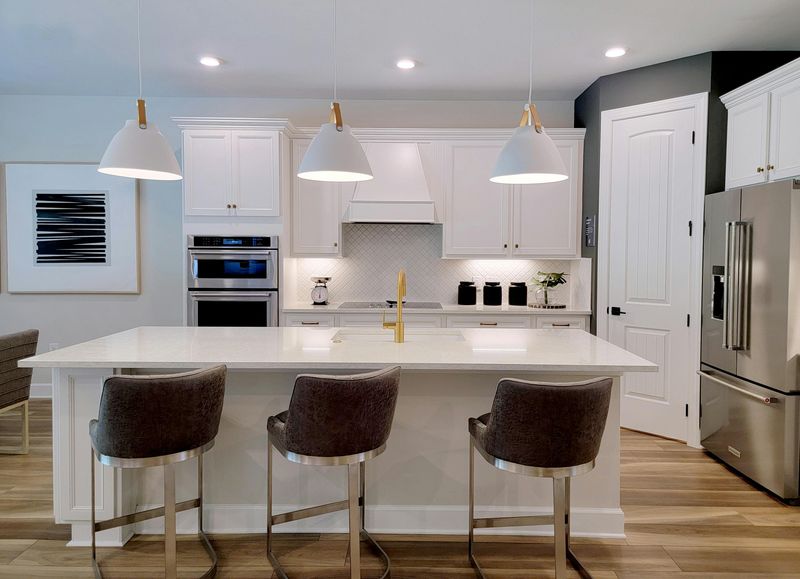
Forget relying on that single overhead light! Professional designers use three lighting types: ambient (general illumination), task (focused light for reading or cooking), and accent (highlighting architectural features or art).
Floor lamps beside reading chairs, pendant lights over kitchen islands, and wall sconces flanking mirrors create dimension and warmth. Smart bulbs that adjust from energizing daylight to cozy warm tones let you transform the mood instantly. Proper lighting elevates even the simplest spaces.
3. Embrace Ohe Rule Of Thirds
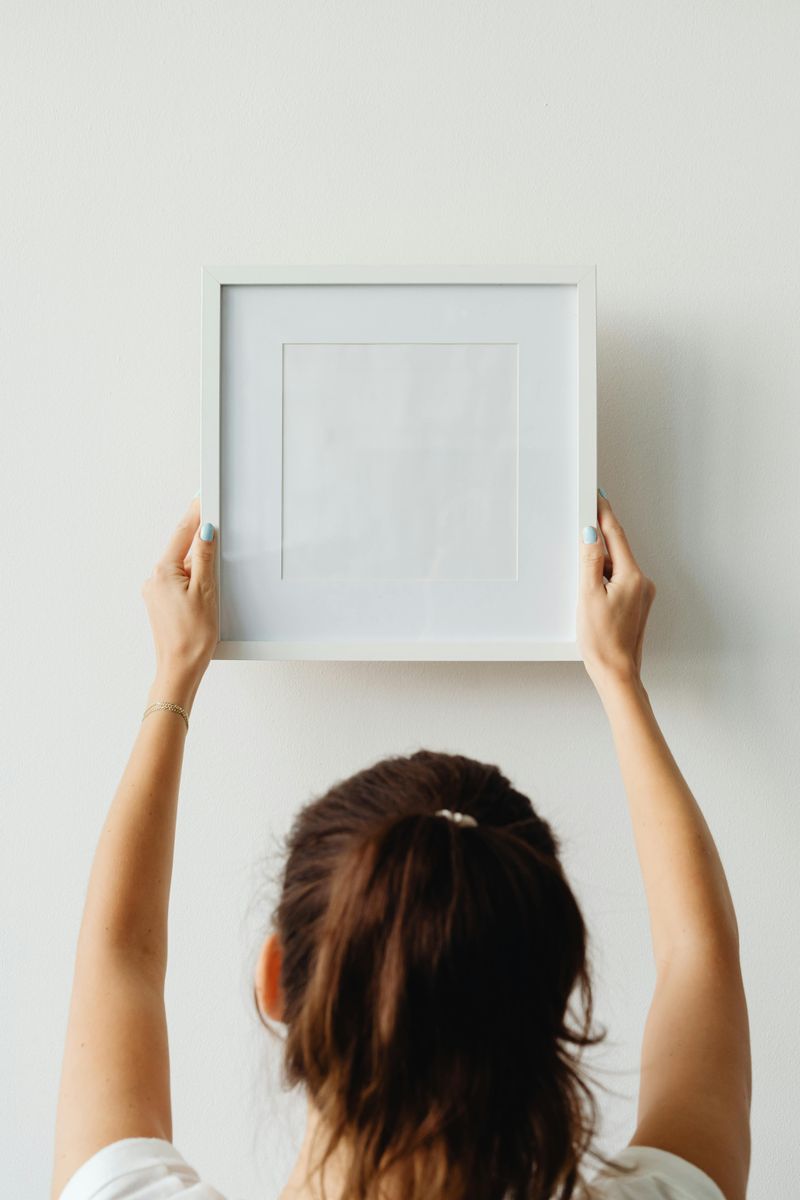
Photographers swear by this principle, but it works brilliantly for room layouts too! Mentally divide your space into a 3×3 grid and place key elements along these lines or at their intersections. This creates natural balance.
When hanging artwork, position it at eye level (about 57-60 inches from the floor). Group decorative items in odd numbers-especially threes-for visual interest. This simple mathematical approach makes rooms feel intentionally designed rather than randomly assembled, even when using existing furniture.
4. Incorporate Natural Elements
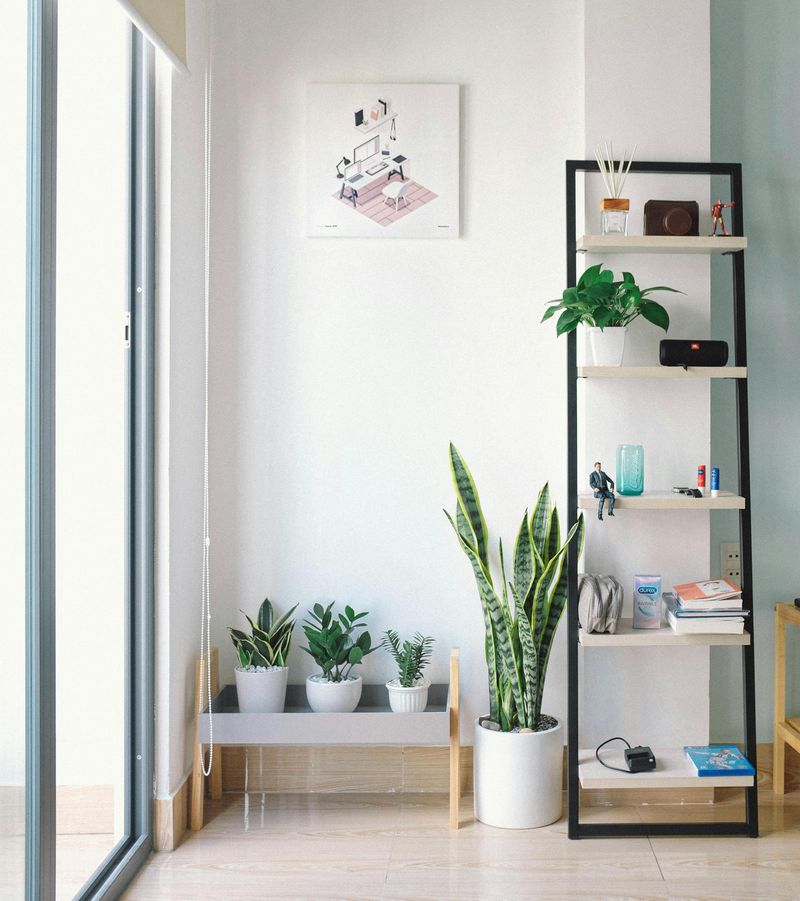
Houseplants aren’t just trendy. They literally breathe life into your home! Beyond improving air quality, natural elements like wood, stone, and plants create a connection to the outdoors that reduces stress and boosts mood.
Low-maintenance options like snake plants and pothos thrive even with minimal care. Natural wood furniture pieces, stone countertops, or even collections of pretty pebbles bring organic texture. The contrast between smooth, hard surfaces and soft, irregular natural elements creates visual harmony.
5. Create Conversation-Friendly Furniture Arrangements
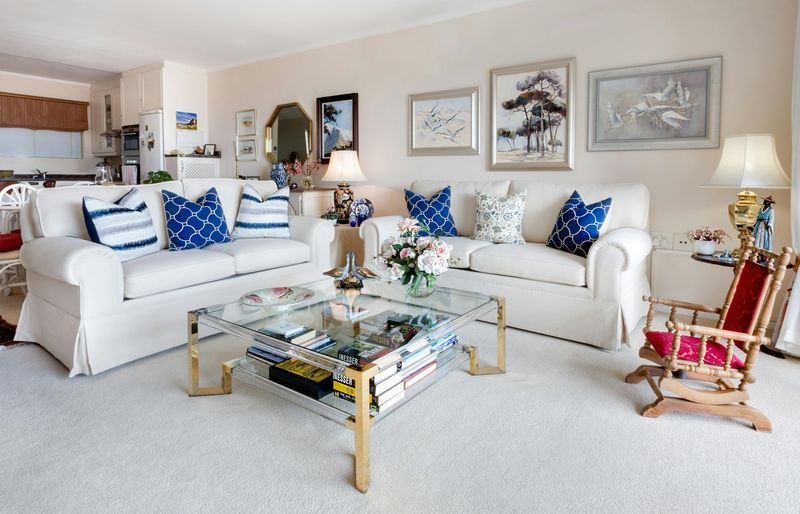
Pull furniture away from walls! The biggest rookie mistake is pushing everything against the perimeter. Instead, create intimate conversation areas where people can comfortably chat without raising their voices.
Position seating pieces no more than 8 feet apart, angled slightly toward each other. Area rugs help define these conversation zones in open-concept homes. Leave enough space between furniture for easy movement (about 30-36 inches for walkways).
6. Mix Textures For Visual Interest

Rooms fall flat when everything shares the same finish. Velvet pillows against leather sofas, rough jute rugs under smooth glass tables, or matte ceramics beside glossy picture frames create dimension through contrast.
Tactile variety engages the senses and makes spaces feel curated rather than catalog-ordered. Try combining at least three different textures in each room. Textiles offer the easiest way to experiment-layer different fabric types through curtains, throws, and upholstery.
7. Use Mirrors Strategically
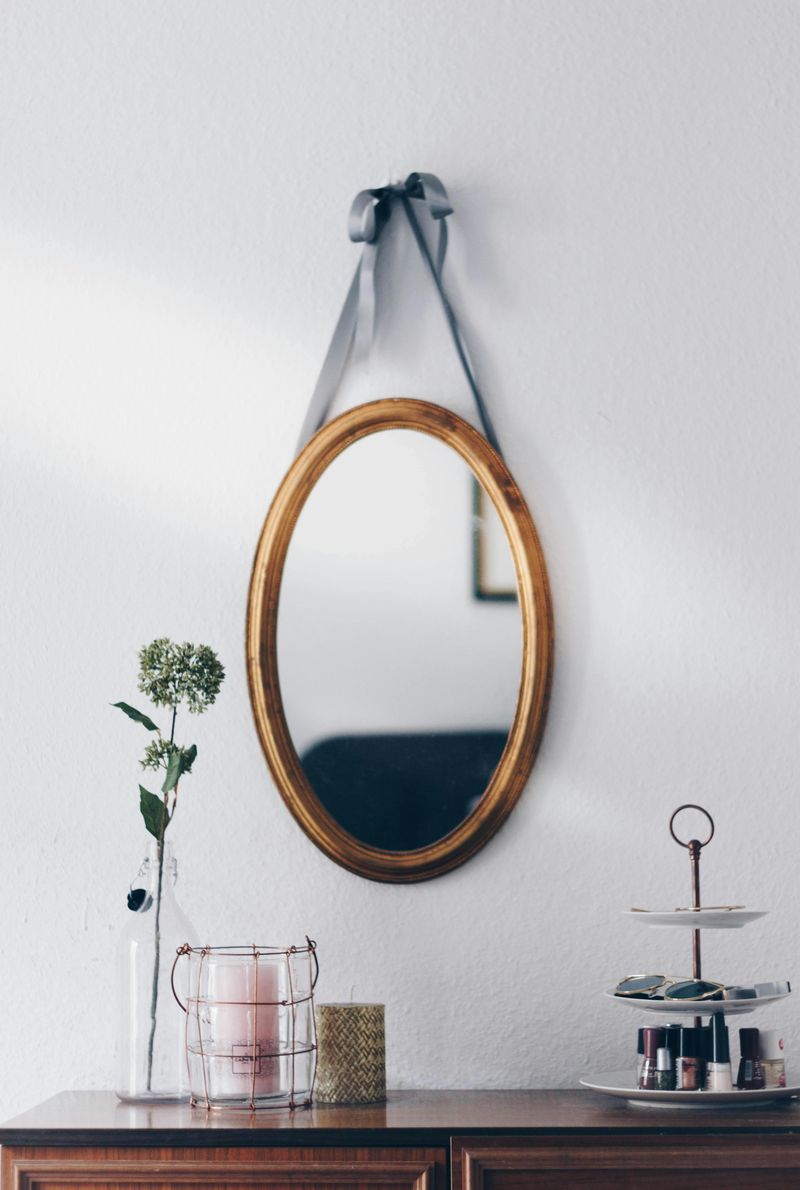
Mirrors are magical problem-solvers in interior design! Beyond making small spaces feel larger, they amplify natural light when placed opposite windows and create interesting reflections of beautiful room features.
A large mirror leaning against a wall adds architectural interest without hanging hardware. Grouping smaller mirrors gallery-style creates an artistic focal point. Mirrored furniture pieces like side tables or trays add sparkle without overwhelming. Position mirrors to reflect something worth seeing.
8. Declutter With Stylish Storage Solutions
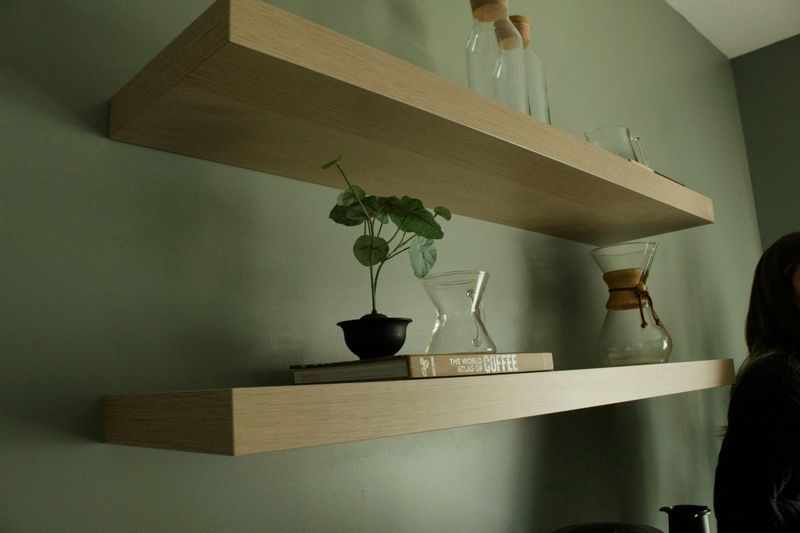
Beautiful rooms aren’t necessarily minimalist-they simply contain organized collections! Floating shelves display treasured items while freeing floor space. Decorative baskets corral everyday items on open shelving.
Multi-functional furniture like storage ottomans, beds with drawers, or benches with hidden compartments maximize space efficiency. The secret is choosing storage that enhances rather than detracts from your décor. Even practical items can become decorative elements.
9. Scale Furniture To Your Space
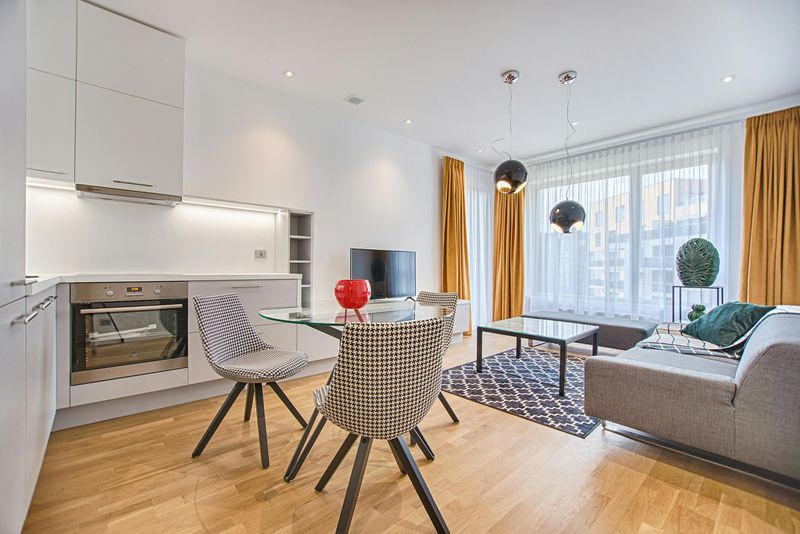
Oversized sectionals in tiny apartments and dainty chairs in cavernous rooms both look awkward! Proper scaling creates harmony. Measure your space before shopping and use painter’s tape on the floor to outline potential furniture footprints.
In small rooms, choose fewer, better pieces rather than many small ones. Consider visual weight too-glass or acrylic furniture appears lighter than solid wood. Leave at least 18 inches between the coffee table and sofa, and ensure dining chairs have 24-36 inches of space behind them.
10. Add Personality Through Meaningful Accessories
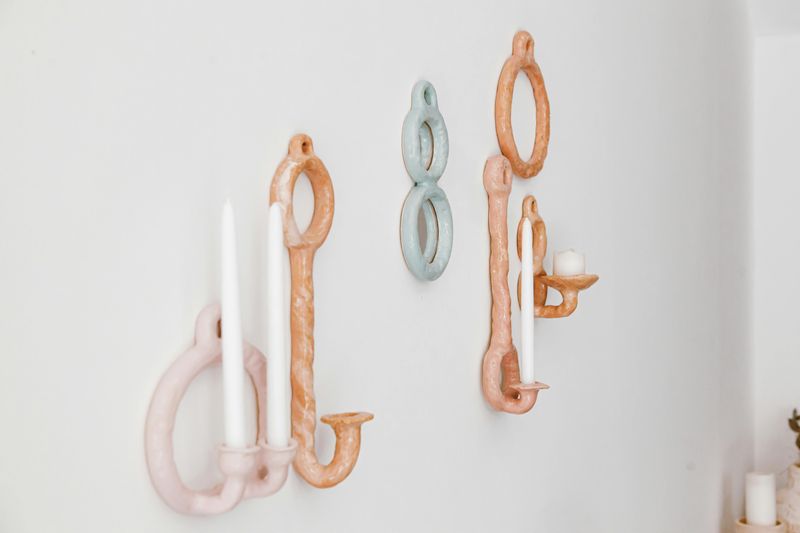
Generic décor makes forgettable rooms! Personal items tell your unique story-vacation souvenirs, family photos, or inherited pieces create authentic spaces that feel genuinely yours. Display collections thoughtfully rather than scattered throughout.
Vintage finds add character no mass-produced item can match. Books reveal interests while adding color and texture. The most compelling homes balance trendy elements with meaningful pieces accumulated over time. Negative space is important too-leave some shelves empty!
11. Zone Your Space With Area Rugs
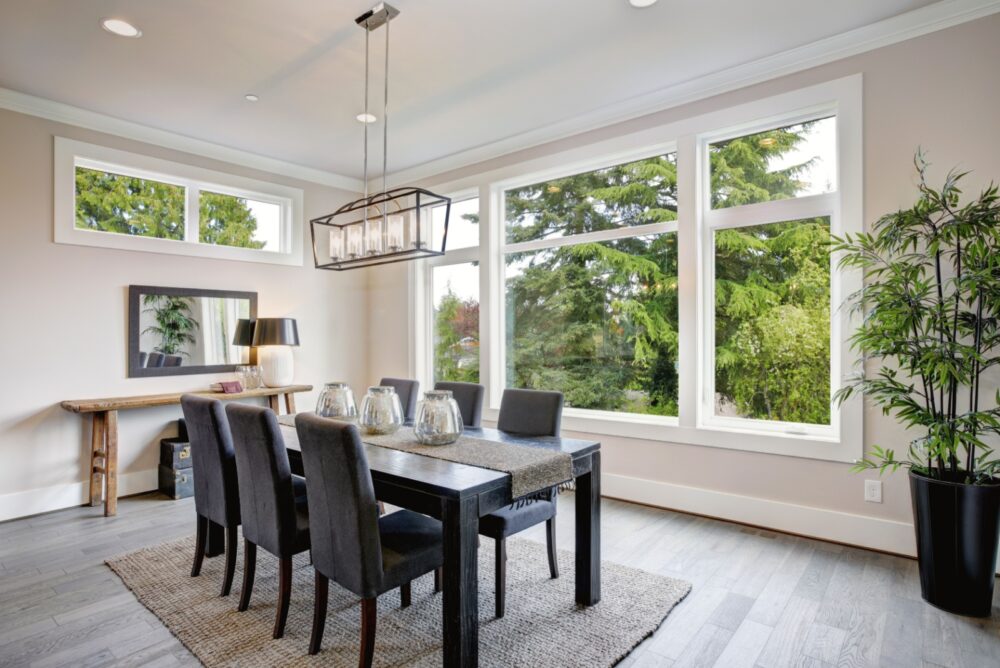
Area rugs do more than just protect your floors-they’re powerful tools for creating distinct zones in open-concept spaces. A well-placed rug under your dining table instantly defines the eating area. Another beneath your sofa set establishes the conversation zone.
When selecting rugs, consider proportions carefully. The rug should extend at least 6 inches beyond furniture edges for dining areas, while living room rugs should accommodate at least the front legs of all seating pieces. Bedroom rugs look best when they extend 18-24 inches around the bed.

